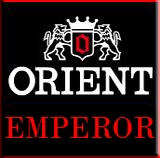|
|
|
LANCIA 037 MARTINI WINNER RALLY MONZA INTERNATIONAL 1984
Drivers: A.BETTEGA - M.PERISSINOT
1:18 KYOSHO (code 08302G )
Year/Anno : 1984
Color/Colore : Livrea Lancia Martini
My rating /Mio Voto : 90/100
Value for Money/Rapporto qualità prezzo : 85/100
Original price/Prezzo originale : €uro 110
Clicca sul banner in alto per tornare alla Homepage e visionare altri modelli.
Click the banner on the top to return at the Homepage and see the other models of my collection.
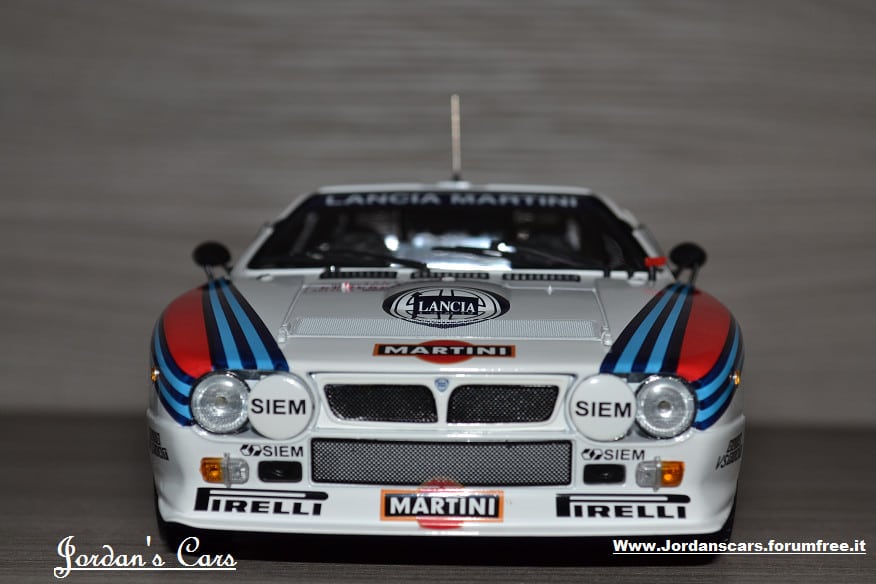
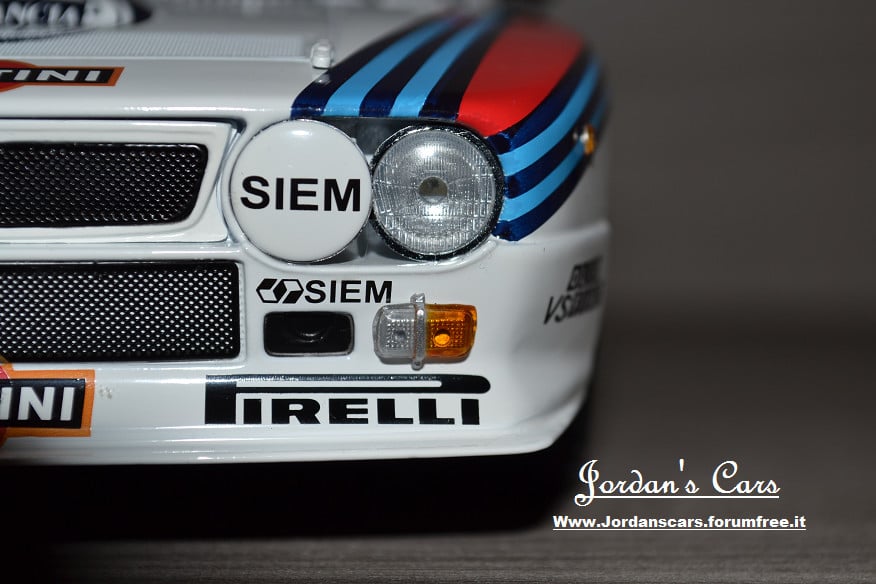
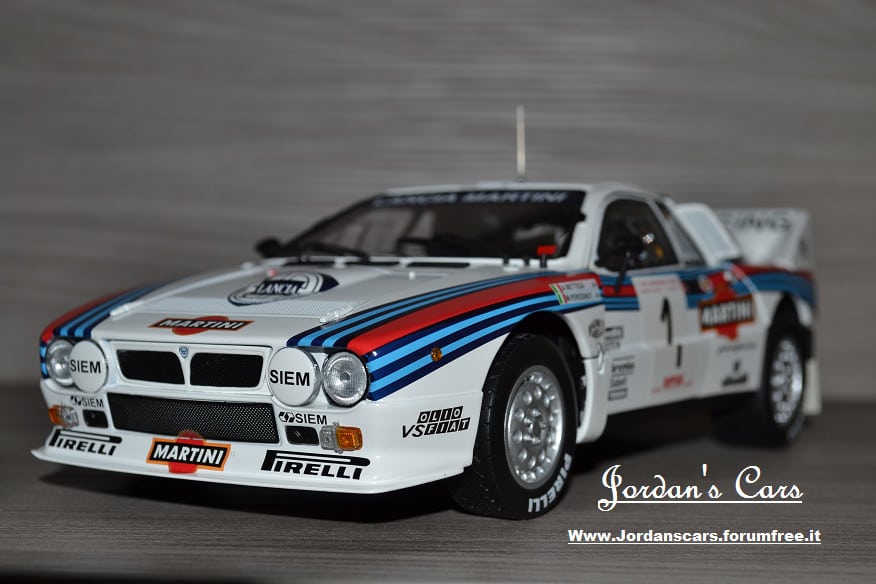
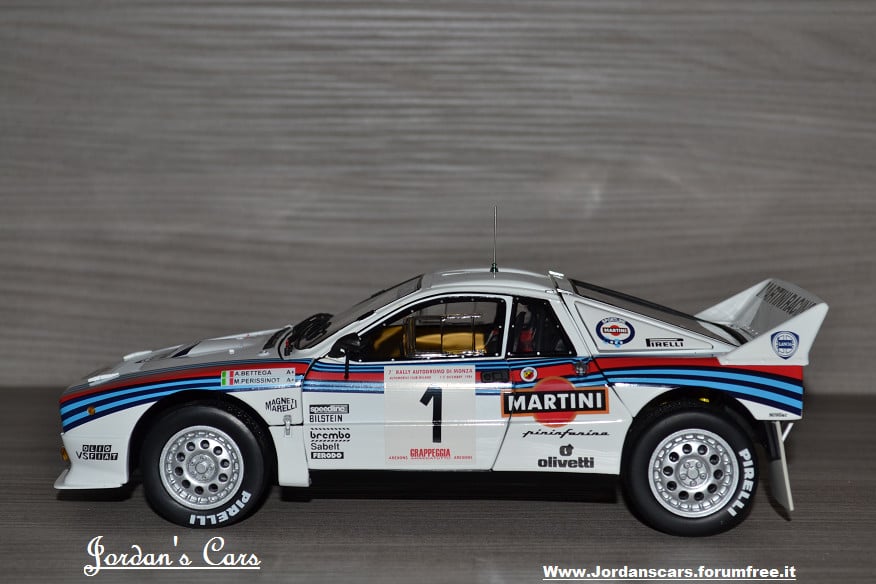
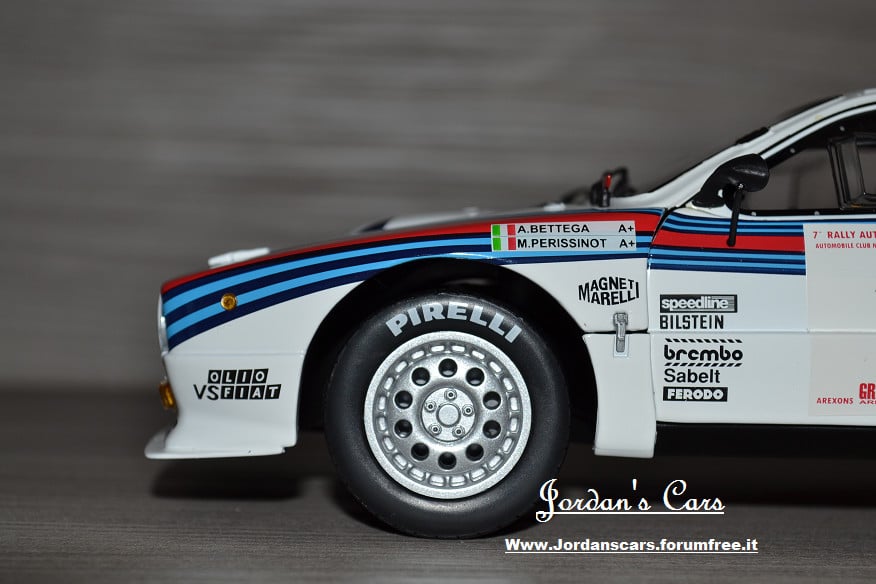
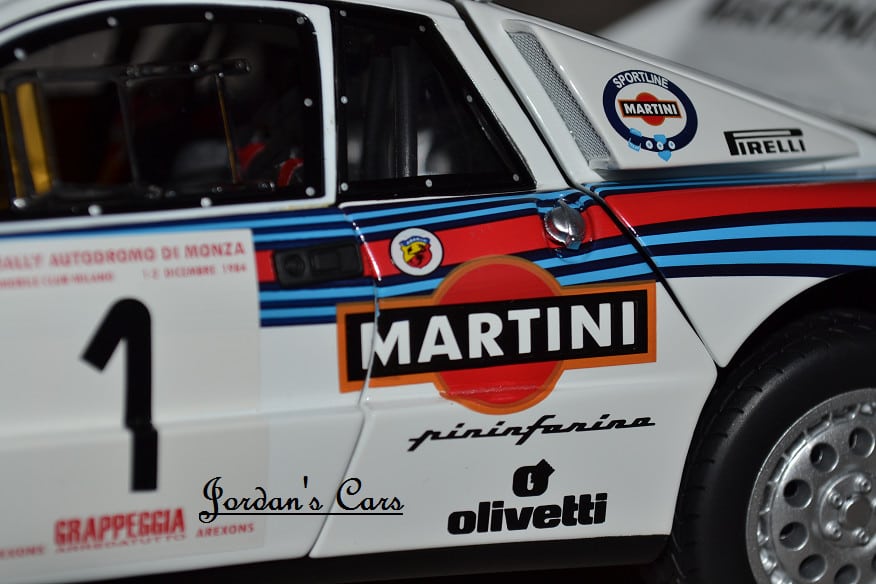
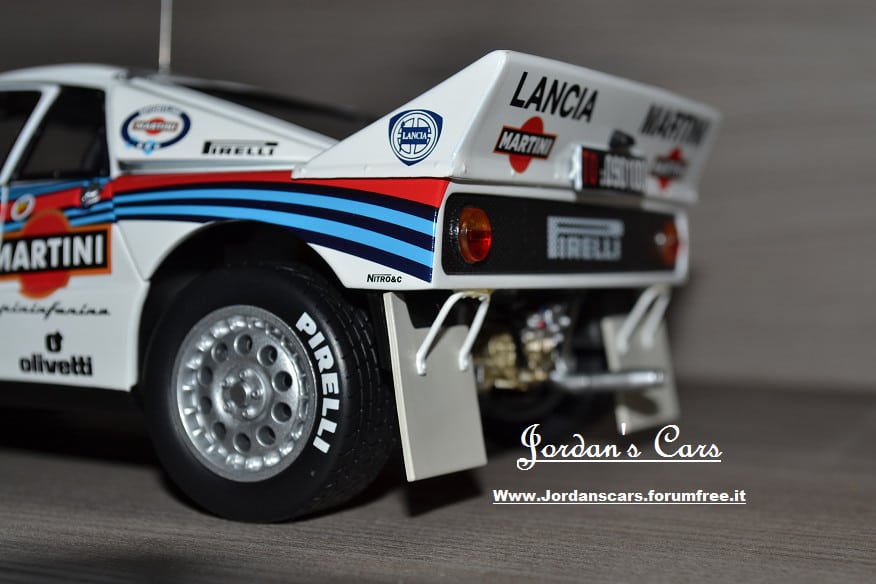
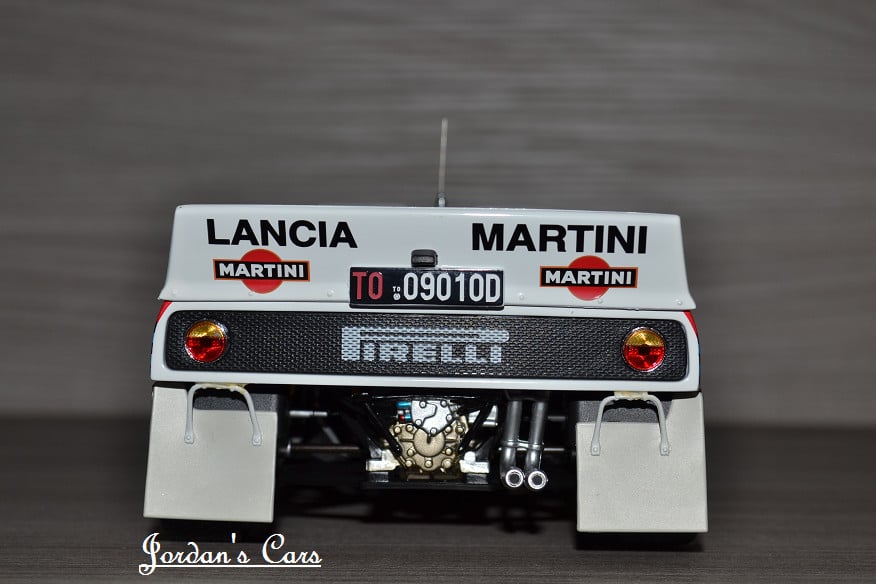
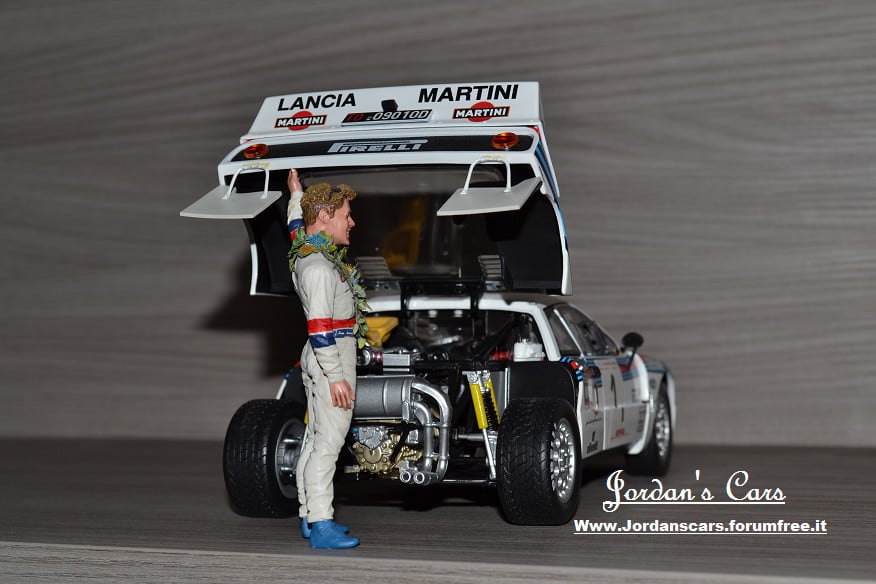
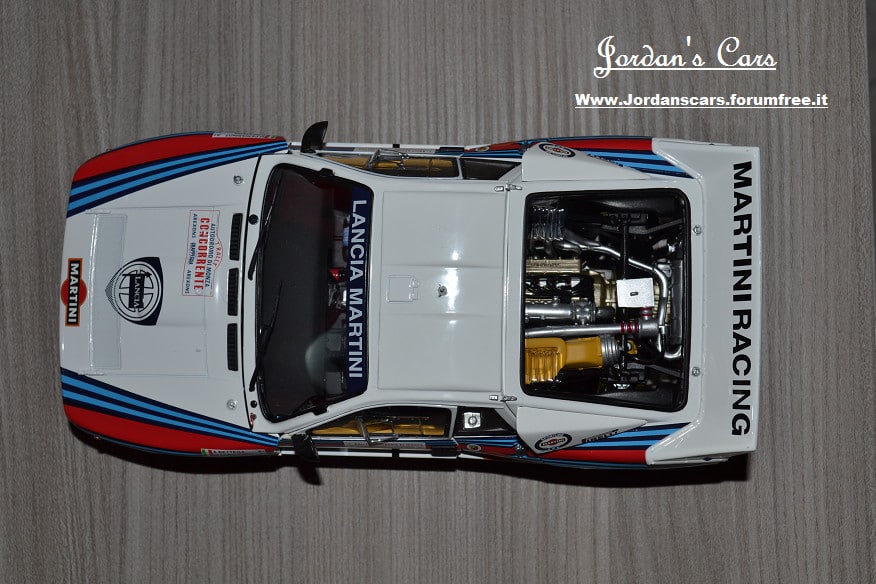
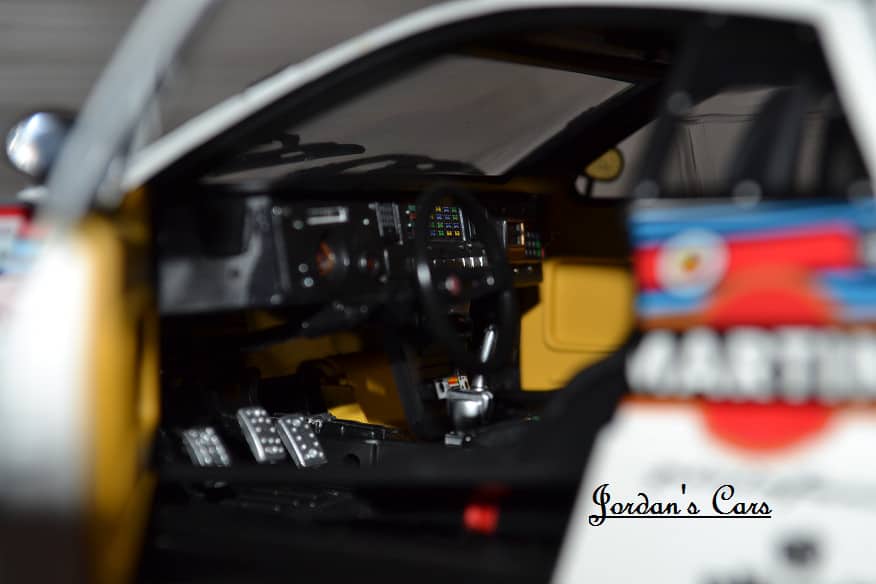
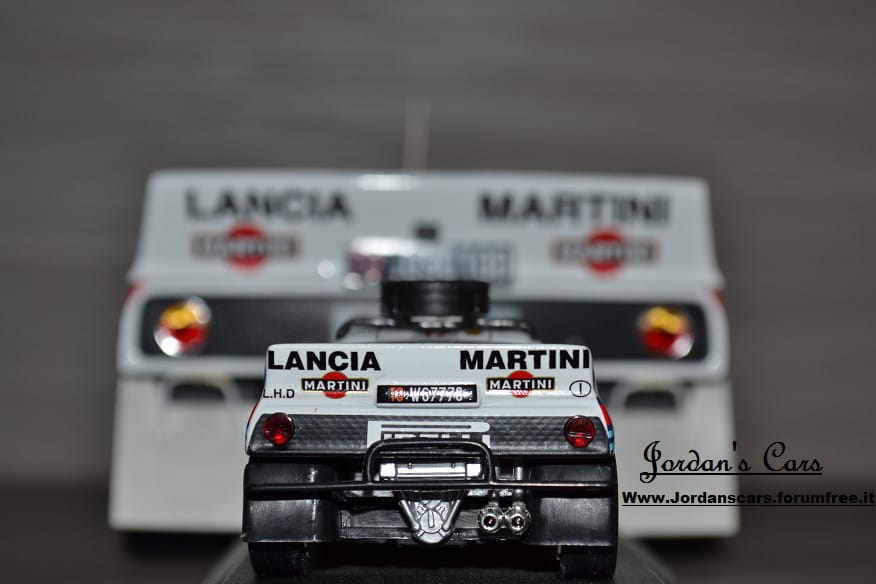
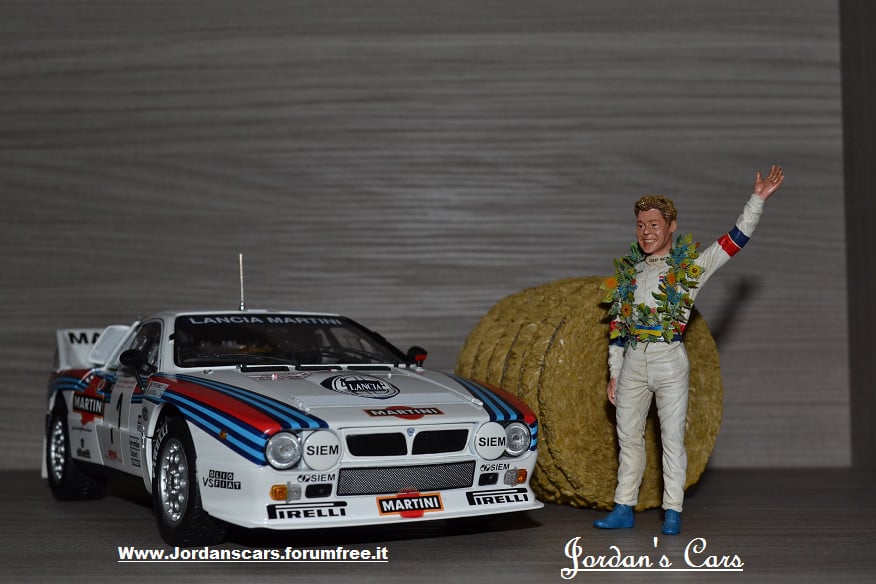
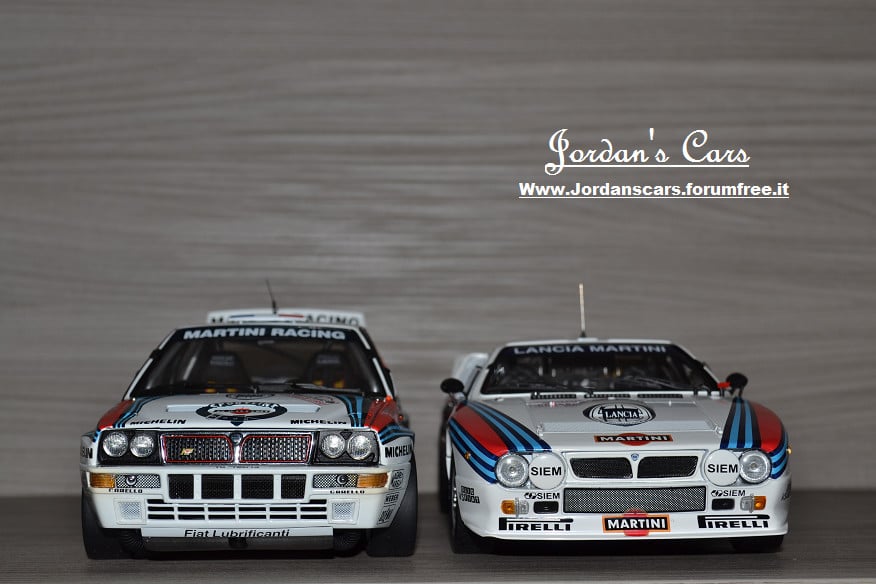
La Lancia Rally 037 è stata una vettura prodotta dalla Lancia negli anni ottanta per partecipare al Campionato Mondiale Rally.
L'ing. Sergio Limone fu il responsabile del progetto SE037 e fu Cesare Fiorio, il direttore sportivo Fiat ad annunciare nell'81 la nascita di un nuovo modello per il rally a causa dei cambiamenti nel regolamento.
Il progetto fu sostenuto da una collaborazione tra Lancia, Pininfarina, Dallara e Abarth, riprendendo l'evoluzione della 030 realizzata dalla Abarth nella seconda metà degli anni settanta, e fu presentato al 59° Salone dell'automobile di Torino nel 1982.
In sostanza si trattava di una vettura progettata in Abarth, sulla base del telaio della Lancia Beta Montecarlo Turbo da pista prodotto da Dallara e carrozzato in Pininfarina. All'inizio del progetto non era ancora stato deciso quale "brand" sarebbe stato assegnato alla vettura.
La versione stradale non riscosse particolare successo e neppure fu cercato, visto che per l'omologazione nel gruppo B erano necessari 200 esemplari del modello.
Montava un quattro cilindri in linea da 1995 cm³ di cilindrata, 16 valvole e sovralimentato da un compressore volumetrico volumex che sviluppava 205 CV capaci di spingere la 037 a oltre 220 km/h e di farle raggiungere i 100 km/h da ferma in meno di sette secondi.
La Lancia 037 aveva però il non facile compito di sostituire la gloriosa Fiat 131 che aveva raccolto numerosi successi. Si decise di scartare il sistema di turbocompressore in virtù di un compressore volumetrico sviluppato dall'Abarth e si sviluppò un telaio estremamente semplice e munito di sospensioni a quadrilatero come per i modelli da pista anziché del tipo McPherson come sulla 131. Per risparmiare tempo e sui costi si pensò di usare il telaio già esistente, la Lancia Beta Montecarlo, versione sportiva della vettura che aveva avuto un grande successo, anche negli USA dove era venduta come "Scorpion". Il telaio era stata realizzato presso Dallara, partendo dalla base della versione silhouette che disputava il mondiale marche.
La versione da gara colse numerose affermazioni in campo rallystico, tra cui il titolo mondiale del 1983. Fu l'ultima auto a 2 ruote motrici a vincere il mondiale rally e fu anche l'unica a prevalere sulle più avanzate auto a trazione integrale.
_____________________________________________________________________
The Lancia Rally (Tipo 151, also known as the Lancia Rally 037, Lancia 037 or Lancia-Abarth #037 from its Abarth project code 037) was a mid-engine sports car and rally car built by Lancia in the early 1980s to compete in the FIA Group B World Rally Championship. Driven by Markku Alén, Attilio Bettega, and Walter Röhrl, the car won Lancia the manufacturers' world championship in the 1983 season. It was the last rear-wheel drive car to win the WRC.
In 1980 Lancia began designing the 037 to comply with the then new FIA Group B regulations that allowed cars to race with relatively few homologation models being built. As the project was number 037, this eventually became the name by which the car was known. Abarth, now a part of the Lancia-Fiat family, did most of the design work, even incorporating styling cues from some of its famous race cars of the 1950s and 1960s such as a double bubble roof line. The car was born from the collaboration between Pininfarina, Abarth, Dallara and the project manager, engineer Sergio Limone. Prior to its first participation in the 1982 World Rally Championship season, 200 road-going models were built to comply with Group B regulations.
The car made its competition debut at the 1982 Rally Costa Smeralda in Italy, where two cars were entered but both retired due to gearbox issues. The 1982 season was plagued with retirements for the 037, but the new car did manage to achieve several wins including its first win at the Pace Rally in the UK. The 1983 season was considerably more successful for the 037: Lancia took the 1983 World Rally Championship Constructors' title with Germany's Walter Röhrl and Finland's Markku Alen its principal drivers, despite serious competition from the 4WD Audi Quattro. Both drivers, however, missed the final round of the series, despite Röhrl maintaining a mathematical chance of the drivers' title: such honours instead went to Audi's veteran Finn, Hannu Mikkola.
For the 1984 Constructors' title defence, Lancia introduced an Evolution 2 version of the 037 with improved engine power, but this was not enough to stem the tide of 4WD competition, losing to Audi in both 1984 championships, and again to the 4WD Peugeot 205 T16 in its final works season in 1985. Indeed, Alen collected the final 037 win, and the sole one for the E2 model, on the 1984 Tour De Corse, before it was finally pensioned off in the Martini sponsored Lancia factory rally car line-up in favour of its successor, the uniquely supercharged and turbocharged 4WD Delta S4, for the season-ending RAC Rally in Great Britain. Driver Attilio Bettega died in a 037 crash in 1985.
For approval in Group B it was necessary to build at least 200 road versions of the model in question. The road version had an Abarth developed 16-valve four-cylinder in-line 2000 cc engine, with a volumex supercharger which developed 205 hp (153 kW) capable of pushing the 037 to over 220 km/h (137 mph) and reaching 100 km/h (62 mph) from a standstill in less than seven seconds. Pininfarina production records show 220 cars built under the 'Montecarlo Corsa' name.

Modelli Correlati/ Related models:
LANCIA 037 STRADALE PRESENTATION: https://jordanscars.forumfree.it/?t=70295878
|
|




















